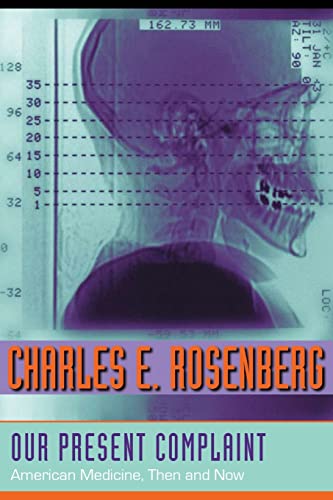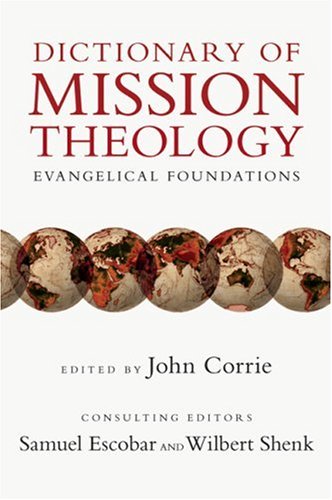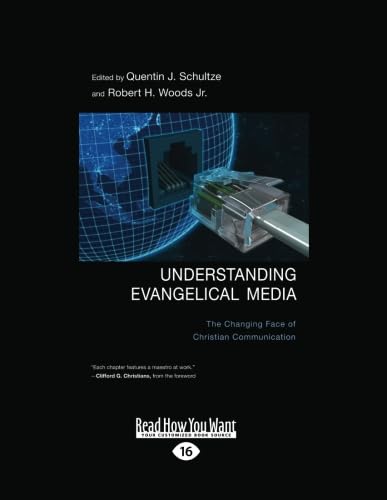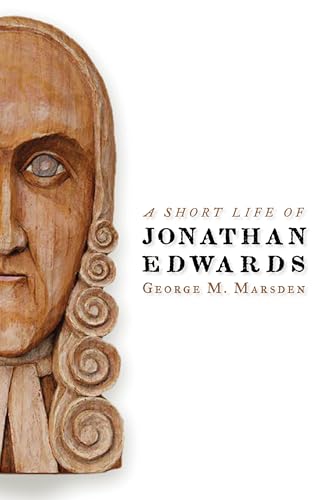Cities Through the Looking Glass: Essays on the History and Archaeology of Biblical Urbanism
Written by Rami Arav, ed. Reviewed By John GoldingayThis symposium has its background in a conference on Urbanism in the Biblical World in 2003 that was designed to make it possible for “text scholars” and “material culture scholars” to interact. (The essays are described as “inspired by” the papers at the conference. I am still wondering what that means. It sounds like a quasi-soundtrack CD of songs that never made it into the movie.) The collection is subtitled “Essays on the History and Archaeology of Biblical Urbanism,” and I expected to find it focusing on Israel in Old Testament times, though it actually ranges much wider.
It does begin with a paper by Nicholae Roddy on “the image of city in the Hebrew Bible.” Given that he dissociates himself from the theological impetus of Jacques Ellul’s The Meaning of the City, it is the more significant that Dr. Roddy agrees with Ellul that the Old Testament’s estimate of the city is overwhelmingly negative; “from the vantage point of Israel’s exiled seers and visionaries, the city remains little more than an inherently incomplete, human-made construct of magnificent emptiness and fleeting shadow” (p. 21). (I am puzzled at the emphasis on the exile here and elsewhere in the paper, since other parts of the paper show that this is not a uniquely exilic stance.)
Paul Allen Williams then suggests that the attitude to cities in the Gospels is similar. Cities are powerful places and dangerous places. On the other hand, the picture changes in the Epistles, where Christian communities are an urban-focused phenomenon even while defining themselves in opposition to the cities’ social and political structures. Laura Grams’s paper on “The City and the Philosopher in Ancient Greece” demonstrates that attitudes are rather different in Greek thinking as represented by Socrates and his descendants. Leonard Greenspoon’s paper on “Text and the City” at first also seems rather more tangentially related to the symposium’s theme, but it interestingly shows how the text of the Septuagint, presumed to have been translated in Alexandria, reflects the life of the translator’s city and the need to communicate with the Jewish community there.
John T. Greene focuses on cities in Galilee, not in New Testament times but in the Iron Age, and reports on excavations at Kinneret, Hazor, Dan, and Bethsaida (Tzer)—two cities well-known from the Old Testament text, two not so well-known in that connection. He notes the great significance of these cities in that region but also how these four main “pearls of the Upper Galilee” were thus “doomed” once Assyria decided to campaign in the area (p. 79). The last city in these four, Bethsaida, is then the subject of the book’s longest chapter by the editor, who is one of its senior excavators. The essay offers a thorough account of this fortified city’s environment, landscape, flora and fauna, layout, buildings, and religious life. Finally, the last chapter is another “case study” of a city, Jerusalem itself, by leading Israeli geographer and archeologist Dan Bahat; he was for a long period the official archeologist of the city of Jerusalem and has been called “Israel’s Indiana Jones.” He describes the development of Jerusalem between the Hasmoneans and Herod the Great, illustrating the possibilities and the challenges involved in bringing together written sources and archeological discoveries.
John Goldingay
Fuller Theological Seminary
Other Articles in this Issue
For Ezra had set his heart to study the Law of the LORD, and to do it and to teach his statutes and rules in Israel (Ezra 7:10)...
Salvation History, Chronology, and Crisis: A Problem with Inclusivist Theology of Religions, Part 2
by Adam SparksA fundamental requirement in an inclusivist understanding of the relationship between Christianity and other religions is evidence of God's salvific activity outside of any knowledge of Christ...
The Center of Biblical Theology in Acts: Deliverance and Damnation Display the Divine
by James M. Hamilton Jr.Acts 1:1 opens with a reference to what Jesus "began to do and teach"1 recounted in the Gospel of Luke, indicating that this second volume will carry the narrative of Jesus' actions and teachings forward...
Shared Intentions? Reflections on Inspiration and Interpretation in Light of Scripture’s Dual Authorship
by Jared ComptonIt was not too long ago that Kevin Vanhoozer answered the question Is There a Meaning in This Text? by relocating meaning in authorial intention,1 doing so even more robustly (not to mention, evangelically) than E...
The original question I was asked to address was "How does our commitment to the primacy of the gospel tie into our obligation to do good to all, especially those of the household of faith, to serve as salt and light in the world, to do good to the city?" I will divide this question into two parts: (1) If we are committed to the primacy of the gospel, does the gospel itself serve as the basis and motivation for ministry to the poor? (2) If so, how then does that ministry relate to the proclamation of the gospel?







